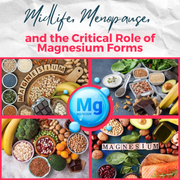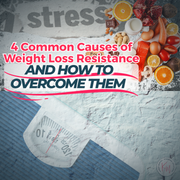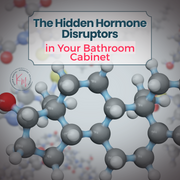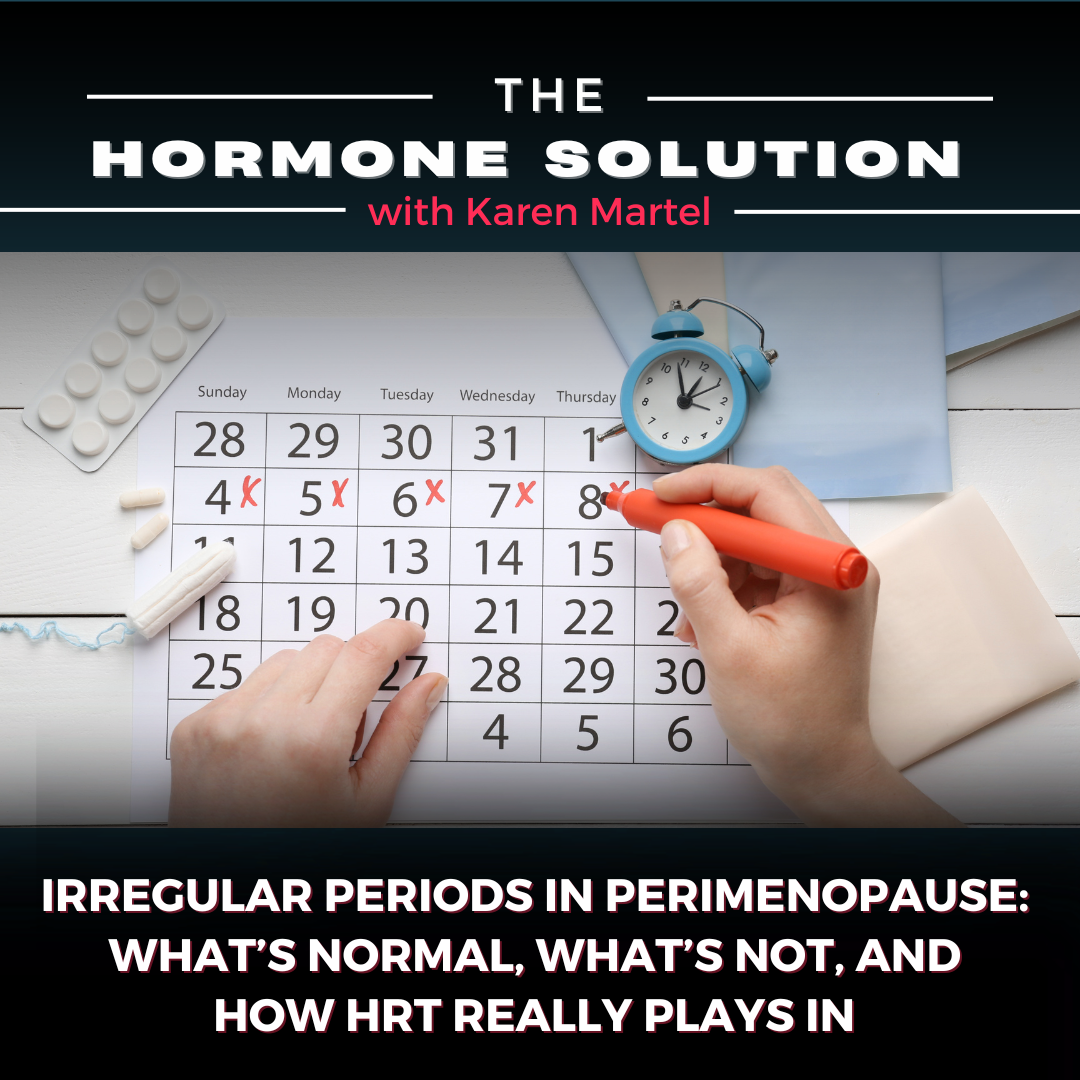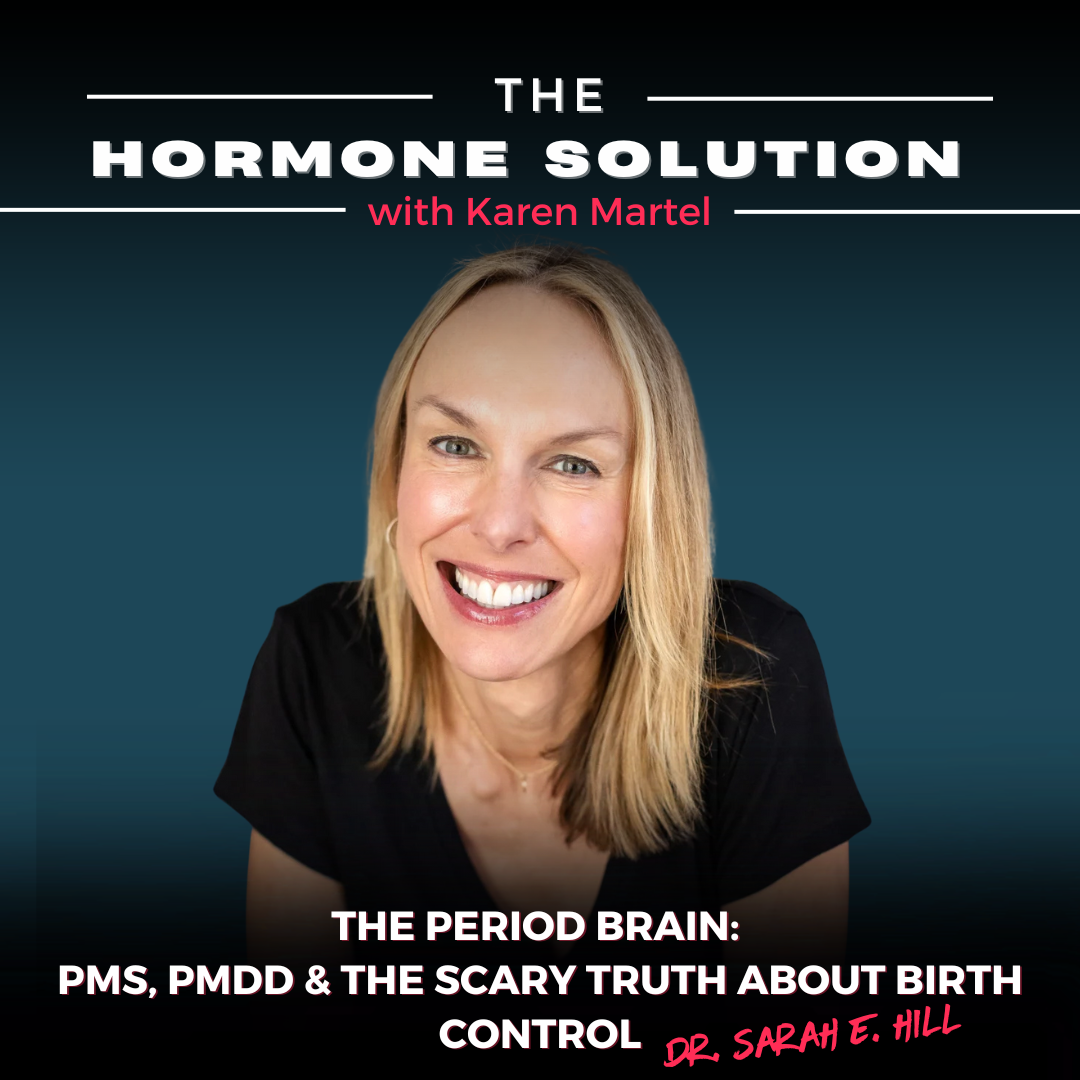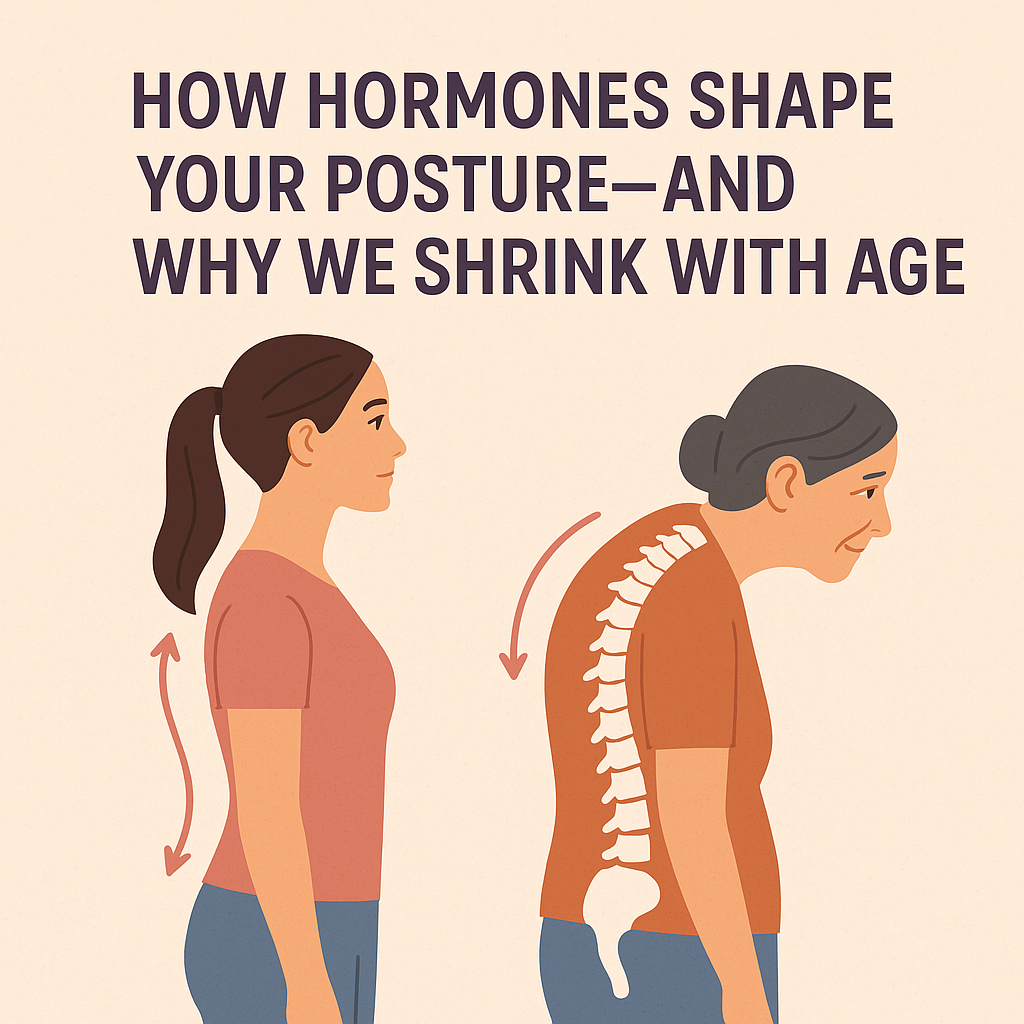
How Hormones Shape Your Posture—and Why We Shrink With Age
As we age, many of us notice changes in our posture: we slouch more, lose height, or even develop a noticeable hunch. This isn’t just “getting old”—it’s deeply connected to hormones, especially estrogen. After menopause, the drop in key hormones plays a big role in how our spine, bones, and muscles age. Let’s break down how that works.
Estrogen’s Role in Bone and Muscle Health
Estrogen does more than regulate reproductive functions. It’s a key player in maintaining bone density and muscle mass. It slows the rate of bone breakdown and supports the body’s ability to build new bone. It also helps preserve muscle strength and coordination. When estrogen levels plummet during and after menopause, that protective effect disappears.
Bone Loss and Shrinking Height
Without enough estrogen, bone resorption (the process of breaking down bone) speeds up, outpacing bone formation. This imbalance leads to osteopenia and eventually osteoporosis—conditions where bones become porous, weak, and more likely to fracture.
One common site of this silent bone loss? The spine. The vertebrae can compress or collapse under even normal pressure, leading to:
• Loss of height
• Curved upper back (a condition called kyphosis)
• Increased risk of spinal fractures
This is a key reason older women may seem to “shrink” or develop a hunchbacked posture over time.
Muscle Weakness and Slouching
Estrogen also supports muscle mass and neuromuscular function. When estrogen drops:
• Muscle mass declines (a condition called sarcopenia)
• Coordination weakens
• Balance suffers
As muscles that support the spine—like the core and back extensors—deteriorate, the body struggles to hold an upright posture. Weak muscles and stiff joints encourage slouching, especially when sitting or standing for long periods.
Hormonal Impact on Connective Tissues
Estrogen helps maintain the collagen and elasticity in ligaments and tendons. With lower estrogen:
• Ligaments can stiffen
• Tendons become less flexible
• Joints may feel tighter or more unstable
This adds to poor posture and an increased risk of falls, stiffness, and even pain when moving or standing upright.
Can Hormone Therapy Help?
Estrogen replacement therapy (ERT) has been shown to slow down bone loss and help maintain spinal health. Some studies even suggest it can modestly reduce the risk of spinal fractures and postural decline when started early in menopause.
The Takeaway
Hormones—especially estrogen—play a vital role in maintaining posture, height, and musculoskeletal strength. When these hormones decline with age, especially after menopause, the spine weakens, muscles shrink, and posture suffers. What we call “shrinking” or “getting hunched” isn’t just about age—it’s about hormonal shifts quietly reshaping the structure of our bodies.
Understanding this connection can empower you to take preventive steps—like strength training, bone density screenings, and discussing hormone options with a hormone specialist—to help you stand tall longer.

Find Karen Martel on Apply Podcast
Karen Martel is a Certified Hormone Specialist and Transformational Nutrition Coach dedicated to empowering women through their health journeys.
As the host of the popular podcast The Hormone Solution, Karen tackles the complexities of hormonal health, weight loss resistance, and the challenges that come with perimenopause and menopause.
Her mission is to disrupt outdated narratives surrounding women's health, providing reliable information and practical solutions that help women reclaim their vitality.
Tune in to discover how to embrace life's stages while enhancing overall well-being.

